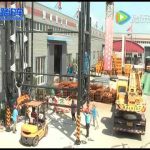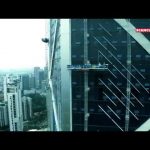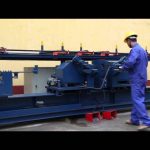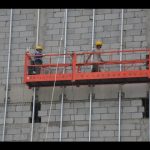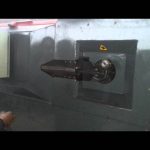A suspended platform, also known as a swing stage or suspended scaffold, is a type of adjustable, temporary platform used for working at heights. It is typically suspended from an overhead structure using ropes, cables, or chains and can be raised or lowered to the desired working level. Suspended platforms are commonly used for tasks such as window cleaning, painting, construction, and maintenance of buildings, especially high-rise structures.
These platforms are equipped with safety features such as guardrails, and workers are required to use personal protective equipment like harnesses to prevent falls. Suspended platforms offer flexibility and access to difficult-to-reach areas, making them an essential tool in many industries where work on vertical surfaces is required
The Delhi Metro project gave Delhi a world-class mass rapid transit system. More importantly, it stood out from most other public sector projects in India in that it was completed on schedule and within the budgeted cost.
The case describes the organization and planning of the project and highlights the steps taken by the DMRC to ensure the successful completion of the project. It also explains how the DMRC managed the various stakeholders like the central and state governments, the contractors, and the citizens of Delhi, to ensure that the project was implemented smoothly. The case ends with a brief discussion on the future plans of the DMRC









